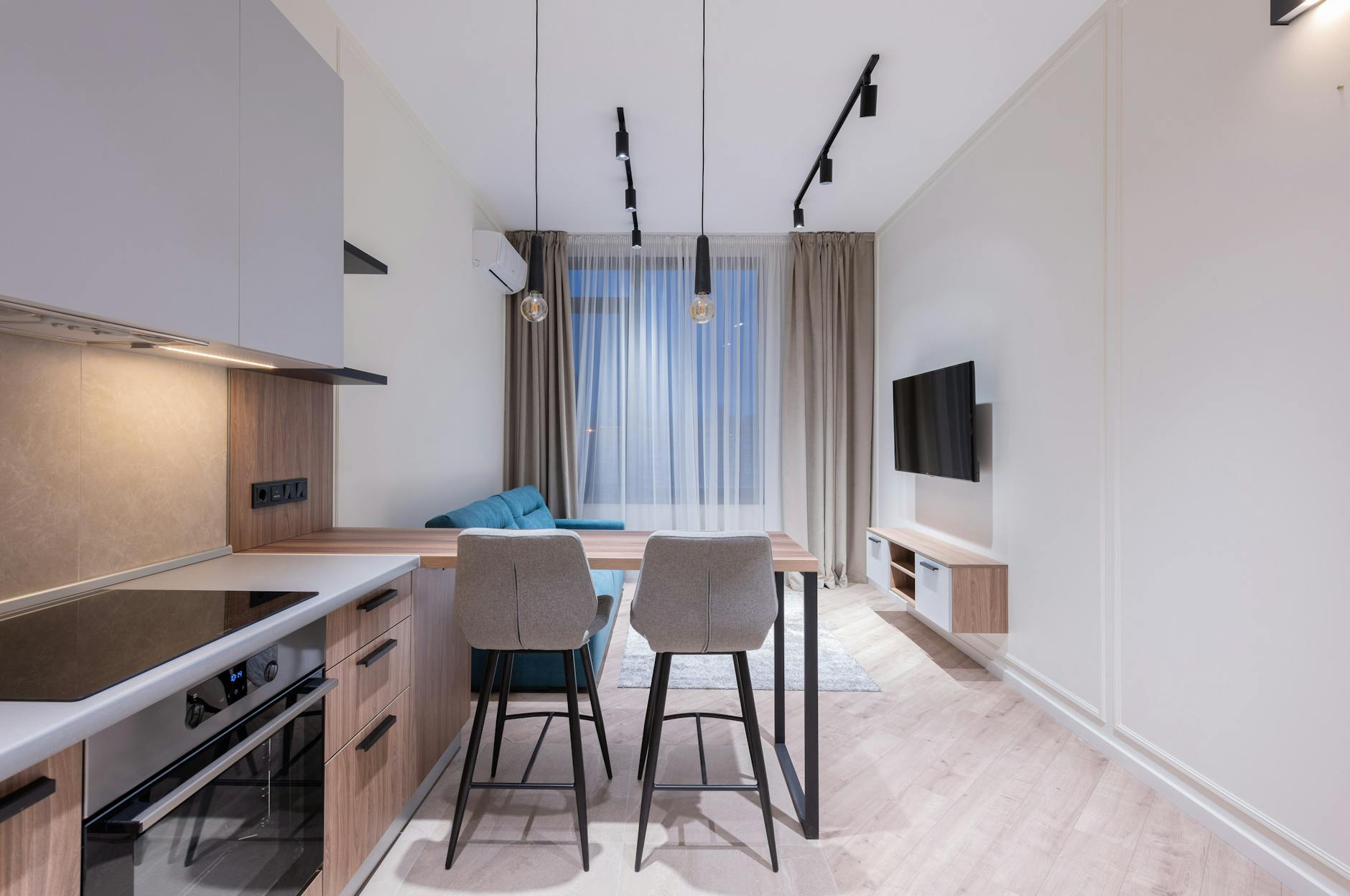If you’ve ever gazed mesmerized at the undulating blobs of a lava lamp, then you understand the calming effect it can have. But what happens when the magic stops, and the wax inside your lamp separates, refusing to dance in its mesmerizing way? Fear not, for in many cases, your beloved lava lamp can be brought back to life. In this post, we explore the common issues leading to wax separation and provide practical solutions to fix your lava lamp.
Understanding Wax Separation
Wax separation in lava lamps can be frustrating, but understanding why it happens is the first step toward fixing it. When the wax loses its ability to properly blend with the liquid around it, separation occurs. This can result from prolonged exposure to extreme temperatures, either too hot or too cold, which impacts the wax’s density and buoyancy.

Initial Troubleshooting Steps
Before diving into any repair efforts, try some simple troubleshooting steps. Sometimes, merely letting your lamp rest for several hours, then turning it back on can encourage the wax to reintegrate. Ensuring your lamp is used in a room at the manufacturer-recommended temperature can also play a crucial role.
Careful Cleaning and Refilling
If the initial steps don’t work, you may need to turn off your lamp and let it cool. Once safe to handle, you can carefully open the top (if your model allows) and assess the inside. Removing, cleaning, and refilling the liquid might be necessary. This process requires precision and the right ingredients, such as distilled water and a proprietary blend of salts and chemicals, to ensure the correct density for the wax to float. Detailed guides and kits are available online to help you through this process.

Adjusting the Lamp’s Environment
The environment where you keep your lava lamp can significantly impact its functionality. Avoid placing your lamp near air conditioning vents, windows, or in direct sunlight. Instead, find a stable, warm location that’s consistent with the ambient temperature recommended by the manufacturer.
Replacing the Bulb
A non-functioning or incorrect bulb can also lead to wax separation. The heat from the lamp’s bulb not only lights up the lamp but also heats the wax, making it float. If the bulb is too weak, it might not generate enough heat for the wax to meld and move properly. Check the manufacturer’s specifications for the correct bulb type and wattage for your lamp.
Seeking Professional Help
If you’ve tried everything and your lamp still isn’t working as it should, it might be time to seek professional help. Some manufacturers offer repair services, or you might find a local expert who specializes in repairing lava lamps. This might be especially necessary if there’s a more complicated issue at hand, like a malfunctioning heating mechanism.
Prevention Tips
To avoid future issues, make sure to always operate your lamp according to the manufacturer’s instructions. This includes not running the lamp for too long, avoiding direct sunlight, and using it in an appropriately warm environment. Regular maintenance, like occasionally cleaning the exterior and ensuring the lamp is on a stable surface, can also help.

Conclusion
Wax separation in a lava lamp can be disheartening, but it’s often a fixable issue. From simple adjustments and troubleshooting to more thorough cleaning and care, there are several steps you can take to restore your lamp’s captivating display. By understanding the potential causes and applying the right solutions, you can ensure your lava lamp continues to provide its unique brand of soothing, hypnotic entertainment.
Frequently Asked Questions
Q1: How long can I run my lava lamp for?
A1: Most manufacturers recommend running your lava lamp for no longer than 8-10 hours at a time to prevent overheating and potential wax separation.
Q2: Can I replace the wax in my lava lamp?
A2: It’s not recommended to simply replace the wax, as the density and buoyancy need to be precisely calibrated. If wax issues persist, consider seeking professional assistance.
Q3: Why does my lava lamp take a long time to start moving?
A3: A slow start-up can be normal, especially in cooler environments. Ensure your lamp is in an area with stable, warm temperatures, and give it some time. If it consistently takes longer than usual, check the bulb and consider replacing it.





